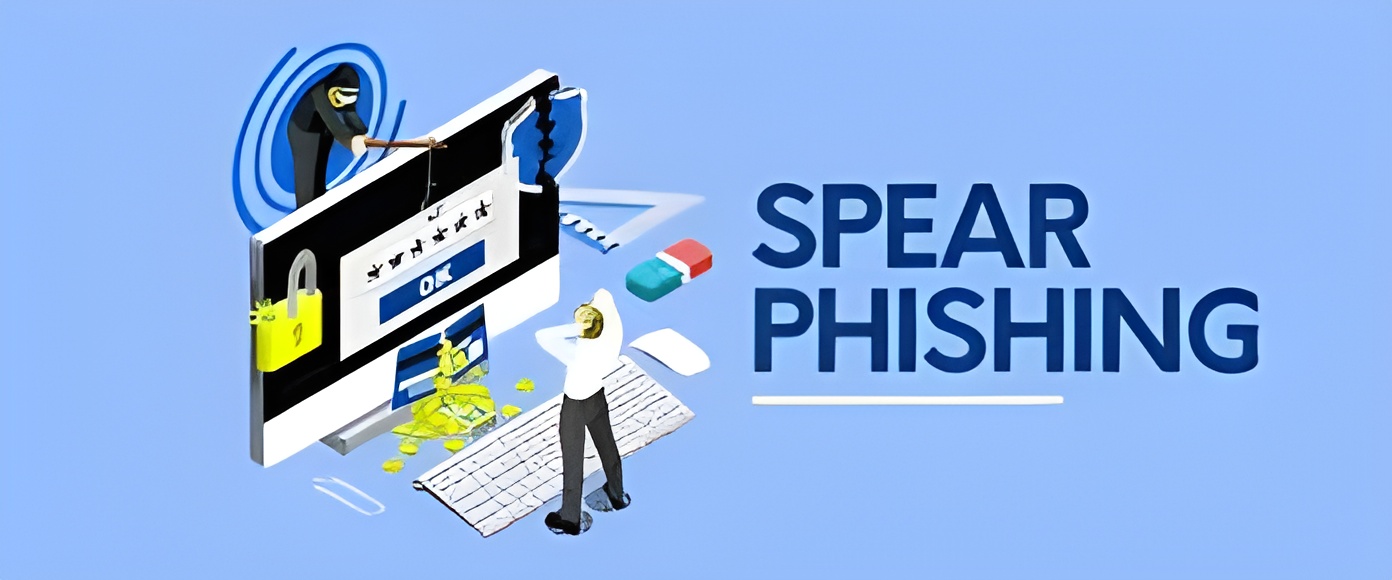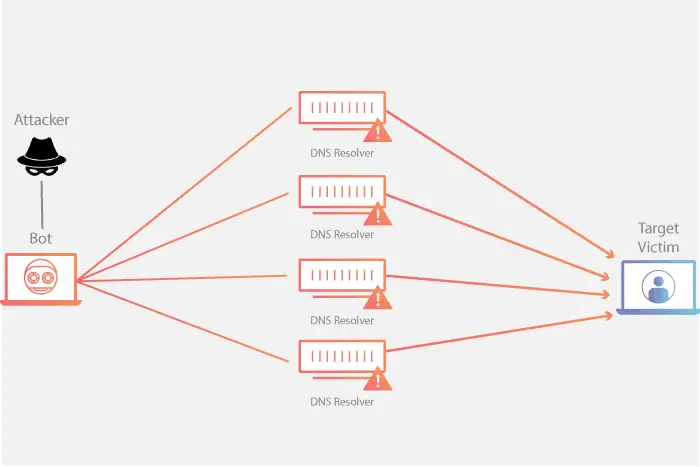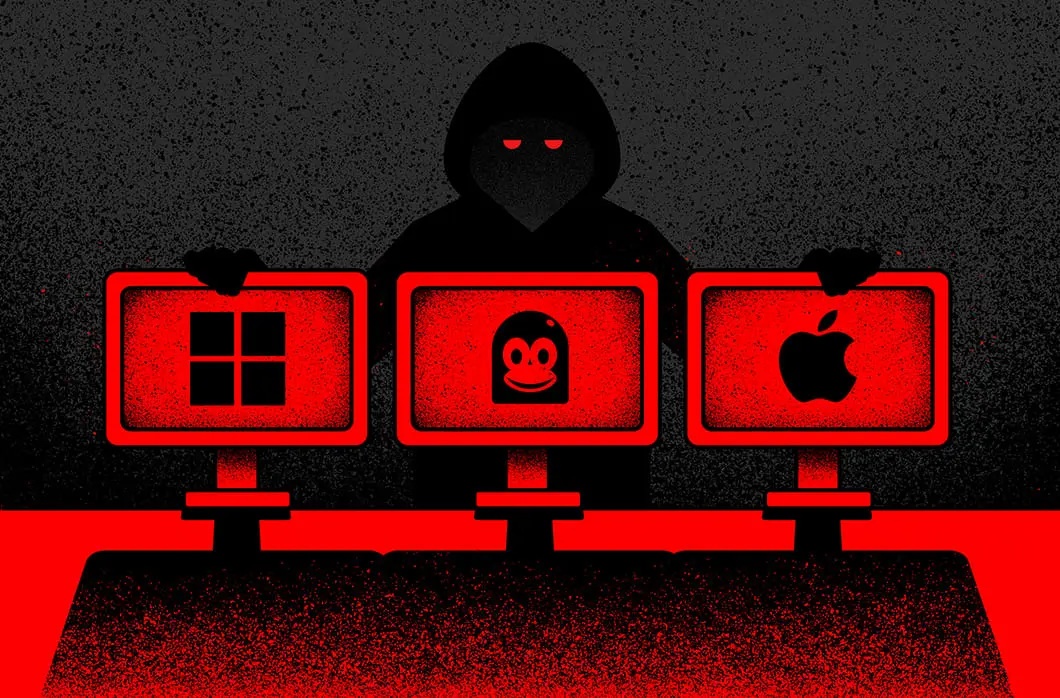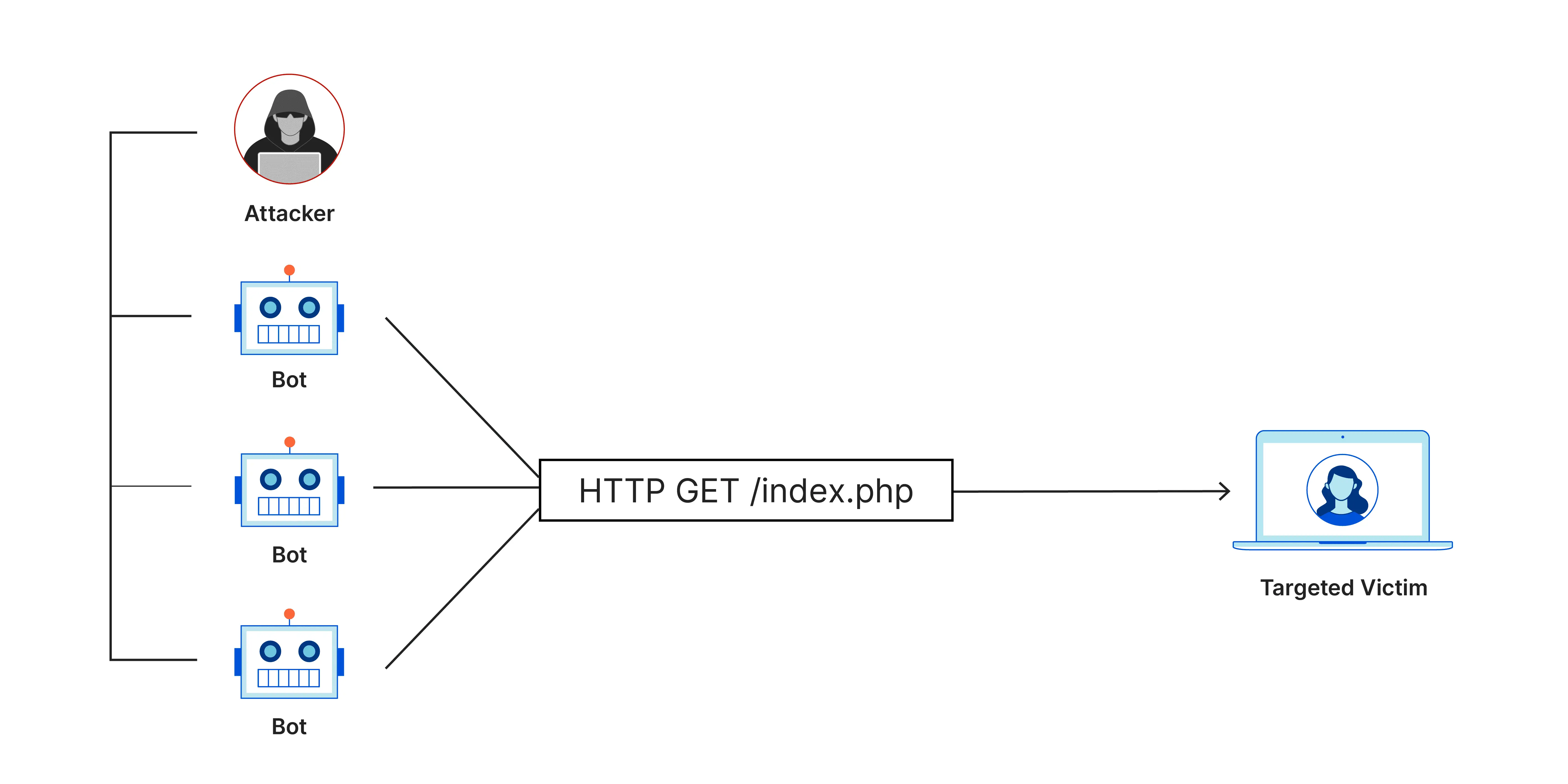Published on May 24, 2025
What Is Spear Phishing? Definition, How It Works, and How to Protect Yourself

Spear phishing is a form of cyberattack that targets a specific individual or organization in a very specific and planned way. Unlike regular phishing, which is mass-produced, spear phishing is designed to trick a specific target with a message that appears highly relevant and credible. Attackers in spear phishing usually collect detailed information about potential victims, such as their name, position in the company, and even their social media activity, to increase the chances of the attack being successful.
The term “spear” in spear phishing refers to the spear tool, illustrating that this attack is very targeted compared to regular phishing, which is more like “casting a net.” Attackers try to make victims feel that the message they receive comes from a trusted source and is related to their daily activities. As a result, victims may provide personal information or even download malware that gives the attacker access to the organization’s systems.
How Does Spear Phishing Work?
Spear phishing attacks involve several stages to ensure a high success rate. The process begins with in-depth research on potential victims to obtain information that makes the fraudulent message look authentic. Here are some common steps in a spear phishing attack:
- Information Gathering
The attacker begins the attack by gathering information about the target, either an individual or an organization. This information can be obtained from social media profiles, company websites, and even other open sources. In the business world, for example, the attacker might find out the victim’s job title, department, and relevant coworkers.
- Creating a Credible Fake Message
Based on the information gathered, the attacker creates a message that looks realistic and relevant to the victim. The message may be an email that appears to be from a coworker, boss, or even a client, and usually includes information that makes the victim unsuspecting. The message often urges or offers a catch to provide information or click on a link.
- Delivery and Exploitation
Once the message is crafted, the attacker sends it to the victim in the hopes that the victim will click on a malicious link, download an attachment, or provide sensitive information. This can result in data theft, malware infection, or even complete compromise of the victim’s organization’s network systems.
- Malicious Action Execution
When a victim follows the instructions in a spear phishing email, the attacker can take over the targeted account or system. If the attack is successful, the attacker can further infiltrate the organization’s network to steal sensitive data, conduct surveillance, or even take destructive action.
- Metasploit: The Complete Guide to Cyber Security and Penetration Frameworks
- Burp Suite on Kali Linux: A Complete Guide to Web Application Security Testing
- CVE-2024-30085: Privilege Escalation Vulnerability in Windows Cloud Files Mini Filter Driver
- What is Blackbox AI: Understanding, Benefits, and Challenges
- Why Your Password Is Easy to Guess
Spear Phishing Case Studies
Several examples of spear phishing cases show how serious the impact of this attack can be on individuals and organizations. One of the most famous examples is the attack on Sony Pictures Entertainment in 2014, where spear phishing emails successfully infected the company’s systems and led to a massive data theft. In that case, emails designed to look like official messages convinced employees to download files that actually contained malware.
Other examples include the theft of user account data on email and social media services, where users are tricked into giving away their passwords or personal information. Spear phishing has also been used in attacks on government officials and other large companies to gain access to sensitive information.
Why is Spear Phishing Hard to Detect?
One of the reasons why spear phishing is hard to detect is because it is highly personalized and specific. The emails or messages sent usually include details that only a select group would know, making the target more likely to believe that the message is legitimate. Some of the reasons why spear phishing is hard to spot include:
- Personalized Messages: Because attackers take the time to understand the victim’s profile, they can craft messages that feel relevant. This increases the victim’s trust in the message.
- Masquerading as a Trusted Source: Emails are often designed to appear to come from a legitimate address, sometimes even from an email address that looks exactly like an official company email.
- Sophisticated Phishing Techniques: Some attackers use psychological manipulation techniques to make victims feel compelled to respond immediately, such as threats of service termination or attractive offers.
How to Protect Yourself from Spear Phishing Attacks
To protect yourself from spear phishing attacks, there are several important steps that both individuals and organizations can take:
- Always Verify the Message Source
If you receive an email that looks suspicious or unusual, verify it before opening the attachment or clicking on the link. You can contact the sender through a separate communication channel to ensure that the message is genuine.
- Beware of Links and Attachments
Do not rush to open attachments or click on links from unknown sources. Attackers often use fake links that lead to malicious sites or attachments that contain malware.
- Education and Training
Companies need to train employees to recognize the signs of spear phishing. By raising awareness of the potential risks, employees can be more vigilant about attacks that may be received through email or other messages.
- Use Multi-Factor Authentication
Multi-factor authentication adds a layer of security by requiring users to verify their identity using two or more authentication methods, such as a password and a verification code from another device. This can prevent attackers from accessing accounts even if they have obtained the victim’s password.
- Implement Email Security Solutions
Many companies today use email security solutions designed to detect and block phishing attempts. These solutions can identify suspicious emails or emails that appear to be spear phishing attempts and block them before they reach employees’ inboxes.
- Check the Source of Personal Data
Always check the information you share on social media and avoid disclosing too much personal information online. Publicly available information can be used by attackers to craft more credible spear phishing messages.
The Role of Companies in Addressing Spear Phishing
Companies have a major role to play in reducing the risk of spear phishing, especially by adopting strict security measures and training their employees. Strict security policies and regular training can help employees understand how to recognize and avoid phishing threats.
Additionally, companies need to keep their security systems up to date, including by updating software and implementing strong password policies. With a solid security system, companies can reduce the risk of infiltration by attackers trying to exploit existing vulnerabilities.
Conclusion
Spear phishing is a serious cyber threat designed to target specific individuals or organizations in a highly personalized and specific manner. By deceiving victims with seemingly relevant messages, attackers hope to gain access to personal information or even full access to network systems.
To protect themselves from these attacks, it is important for individuals and businesses to be vigilant, educate themselves on the signs of phishing, and implement effective security measures. A combination of awareness, technology, and the right policies can go a long way in minimizing the risk of a costly spear phishing attack.
That’s all the articles from Admin, hopefully useful… Thank you for stopping by…





